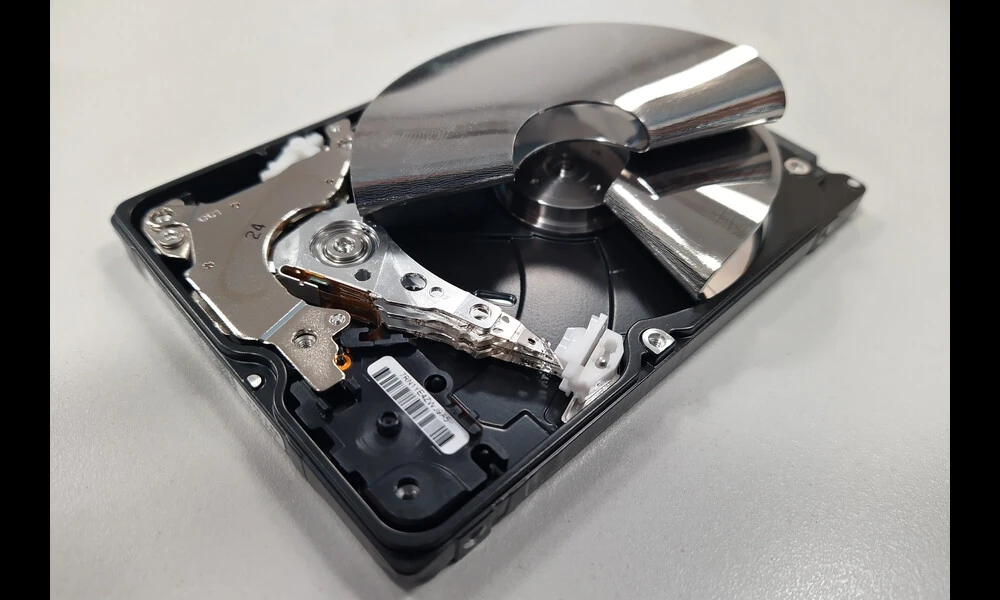New Approach Boosts File Fragment Classification in Digital Forensics
Published on Sat Oct 14 2023 Project 365 #290: 171022 Read/Write Error | Pete on Flickr
Project 365 #290: 171022 Read/Write Error | Pete on FlickrA new research paper has revealed a novel approach called SIFT (Sifting File Types) that significantly enhances the classification of file fragments in digital forensics. This technique surpasses other state-of-the-art methods by a remarkable margin of at least 8%. An important aspect of digital forensics is the ability to classify file fragments when metadata is unavailable. With SIFT, investigators will now have a more powerful tool at their disposal to effectively analyze and categorize file fragments, even in the absence of filesystem metadata.
SIFT introduces two key improvements that set it apart from existing techniques. Firstly, unlike previous methods, which utilized bit-level features, SIFT employs a single byte as a separate feature. This means that a whopping total of 256 features, ranging from 0×00 to 0×FF, can be extracted from each file fragment. This approach ensures lossless extraction of information, leaving no room for data loss during the classification process.
Secondly, SIFT employs a unique technique called TF-IDF (Term Frequency-Inverse Document Frequency) to estimate both inter-Classes and intra-Classes information gains for each extracted byte feature. This enables SIFT to compute and assign weights to each byte in a file fragment, ensuring that the most valuable features receive higher priority during the classification process. The utilization of TF-IDF is a significant departure from previous methods of estimating information gain, and contributes to the superior performance of SIFT.
The results of this groundbreaking research indicate that SIFT exhibits great promise in file fragment classification, surpassing other existing methodologies. With SIFT's enhanced capabilities, digital forensic investigators can more accurately and efficiently determine the types and origins of file fragments, even when faced with the absence of filesystem metadata. The ability to accurately classify file fragments is essential in uncovering evidence and building a comprehensive picture of activities on digital systems.
This development has wide-ranging implications for law enforcement agencies, cybersecurity professionals, and other organizations involved in digital investigations. It equips forensic analysts with a powerful tool that can aid in the identification and reconstruction of digital artifacts, ultimately contributing to more effective investigations and improved understanding of digital activities.
Digital forensics has taken a significant step forward with the introduction of the SIFT approach. By utilizing lossless feature extraction and the incorporation of TF-IDF for information gain estimation, SIFT outperforms existing techniques by a substantial margin. The ability to accurately classify file fragments, even when lacking filesystem metadata, has the potential to revolutionize digital investigations and strengthen the analytical capabilities of forensic experts. As further research is conducted and SIFT undergoes practical implementation, it is expected that its benefits will be increasingly felt across the realm of digital forensics.



